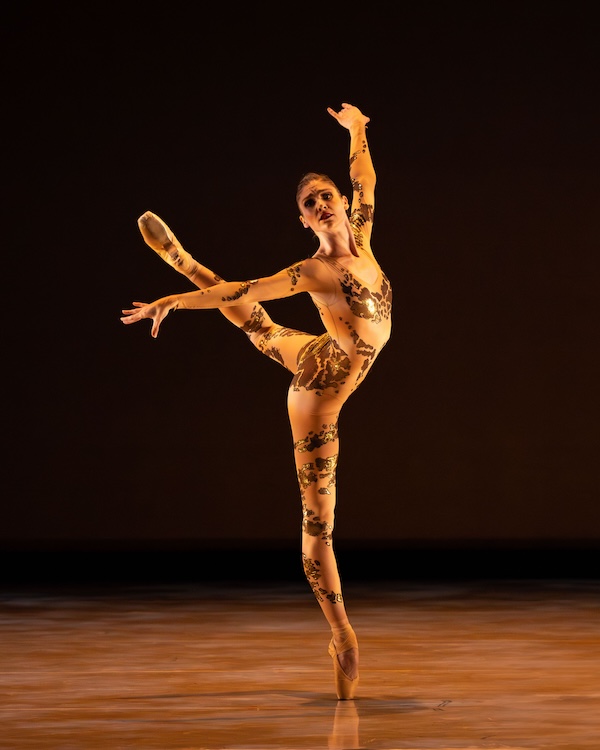Ballet West closes season with a colorful array of “Asian Voices”

This weekend Ballet West closes its 60th anniversary season with the “Choreographic Festival,” the company’s program focused on new works. Since 2008, this final program of the season has been an avenue for incubating new works from Ballet West dancers and emerging choreographers. In recent years, it has included premieres from other American and international ballet companies.
This year’s program is subtitled “Asian Voices,” and features the work of Asian and Asian-American choreographers. Thursday evening’s performance opened with Play on Impulse by choreographer Caili Quan, intended to capture the fearless and impulsive feelings of youth.
Each of the five scenes was set to pop music from the 1950s, ‘60s, and ‘90s, which added fresh nostalgia to the piece, and Quan’s choreography highlighted the strengths of Ballet West’s dancers. Large, dramatic movements and extensions were executed with tense energy, and accentuated the company’s height, strength, and athleticism. Quan’s choreography also has a wide language of small gestures that added multiple layers of interest, both for the audience and for the company.
The dancers did a stellar job at switching styles between each interlude, with a smoldering, intense pas de deux from Katlyn Addison and Hadriel Diniz, and a sweet, playful pas de deux from Jenna Rae Herrera and Vinicius Lima.
Amber Waves by Phil Chan is set to Meditation on America the Beautiful by composer Huang Ruo. This six-minute duet evokes the “amber waves of grain” of the prairie through gold costumes, the golden light filling the stage, and repeated wavering sequences for the dancers. Emily Adams and Hadriel Diniz echoed each other beautifully, and some moments were almost uncanny in their precision, and the overall visual impression of the work is one of sweetness and warmth.
Zhong-Jin Fang’s Somewhere in Time is a three-movement work exploring the past, the present, and the future. Fang’s work included some beautiful partnering moments, but they were often obscured by an over-reliance on clothing props added to the costuming to identify different characters. Stripping away some of the busyness of background gestures would highlight the nuance of the dancers’ movement.
The program concluded with guest company BalletMet performing Seasons by Edwaard Liang, which premiered in 2022. Set to Max Richter’s “recomposed’ take on Vivaldi’s The Four Seasons, it was very successful at conjuring the character of Spring, Summer, Fall, and Winter. Through one year.
Liang creates a distinct visual vocabulary for each season that still worked harmoniously with the others. The dance transitions between the movements allowed the seasons to overlap or chase each other off, and the choreography of the pas de deux during the long transition between fall and winter was very effective at building the tension of winter coming.
Ballet West’s Choreographic Festival runs through June 8. balletwest.org
Sara Neal has worked for the Salt Lake County Library, Ballet West, Utah Symphony | Utah Opera, and Southern Utah University. Her book, America’s First Nutcracker, was released in 2019. In her free time, Sara is a soap maker, quilt maker, and artist. She lives in Murray with a husband, two curious twelve-year-olds, and a Russian wolfhound.